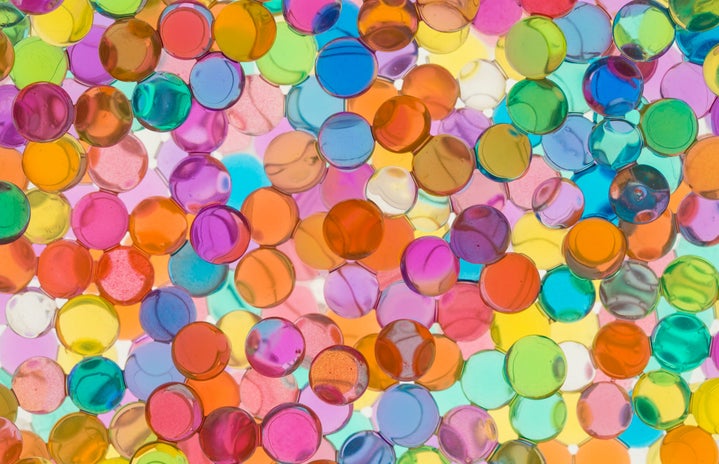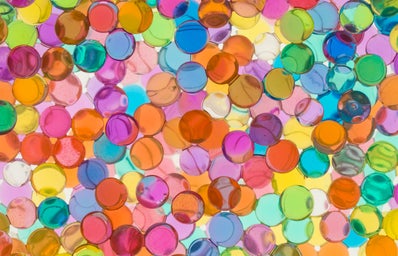Spring is filled with fresh flowers and the beginning of new life. The weather starts to become warmer and the sun starts to stay out longer. For most, spring is an energizing start to the year. For people struggling with Seasonal Affective Disorder (SAD), spring is the time in which their recurring depression subsides. But, unfortunately, 1 out of 10 SAD sufferers experience opposite effects. This means that while everyone is feeling joy and renewal, they are faced with depression.
SAD symptoms are different for everyone. A few common symptoms are insomnia, irritability, restlessness, poor appetite, and weight loss. For me personally, I experience restlessness, poor appetite that results in weight loss, irritability, and low energy while also dealing with anxiety. Symptoms in the spring/summer are very common to what a sufferer might be going through during the fall/winter seasons. There are a few causes as to why the weather and different seasons can cause depression.
The first cause is lack of sunlight. Natural sunlight is extremely important to have. It is linked to your body’s internal clock. With less sunlight, the individual’s serotonin, a mood stabilizer, drops. This neurotransmitter may then cause depression. Melatonin levels are also being disrupted. This begins to affect one’s moods and sleeping patterns. With spring, people might think “okay, well there’s more light now! Isn’t that what is needed?” That’s when disruption occurs as well. With the extra hours of light and warmer weather, there is an increase of serotonin and melatonin levels, which may cause the person to feel overwhelmed.
Seasonal Affective Disorder is very troublesome. There are days I can sleep and sleep, but in return, still feel groggy, and yearning for more sleep. There are times I can go until the night time without having anything to eat for the day, causing me to feel light headed. Everyone around me notices, but in ways, doesn’t understand what actually goes on. Treatment is different for everyone. I’ve been told to use light box therapy to help during the darker months. Light box therapy can help with SADS because it exposes the person to light, similar to natural outdoor lighting, which can help uplift their mood and chemicals in the body. For me, I like to find time in each day to do something I enjoy. This could be watching a Youtube video, having a cup of coffee, or just listening to music. These moments alone, doing things I love, help me feel a bit more relax, but allow me to let go of any stress or unhealthy thoughts.
It is important to spread awareness about SAD. Before I was diagnosed, I had no idea it was an actual thing. I just remember feeling sluggish and low during the winter, but not actually know what was the reason. If you believe you may be experiencing the same thing, just remember you aren’t alone. There is hope, and always help.

